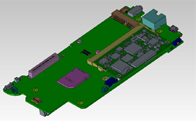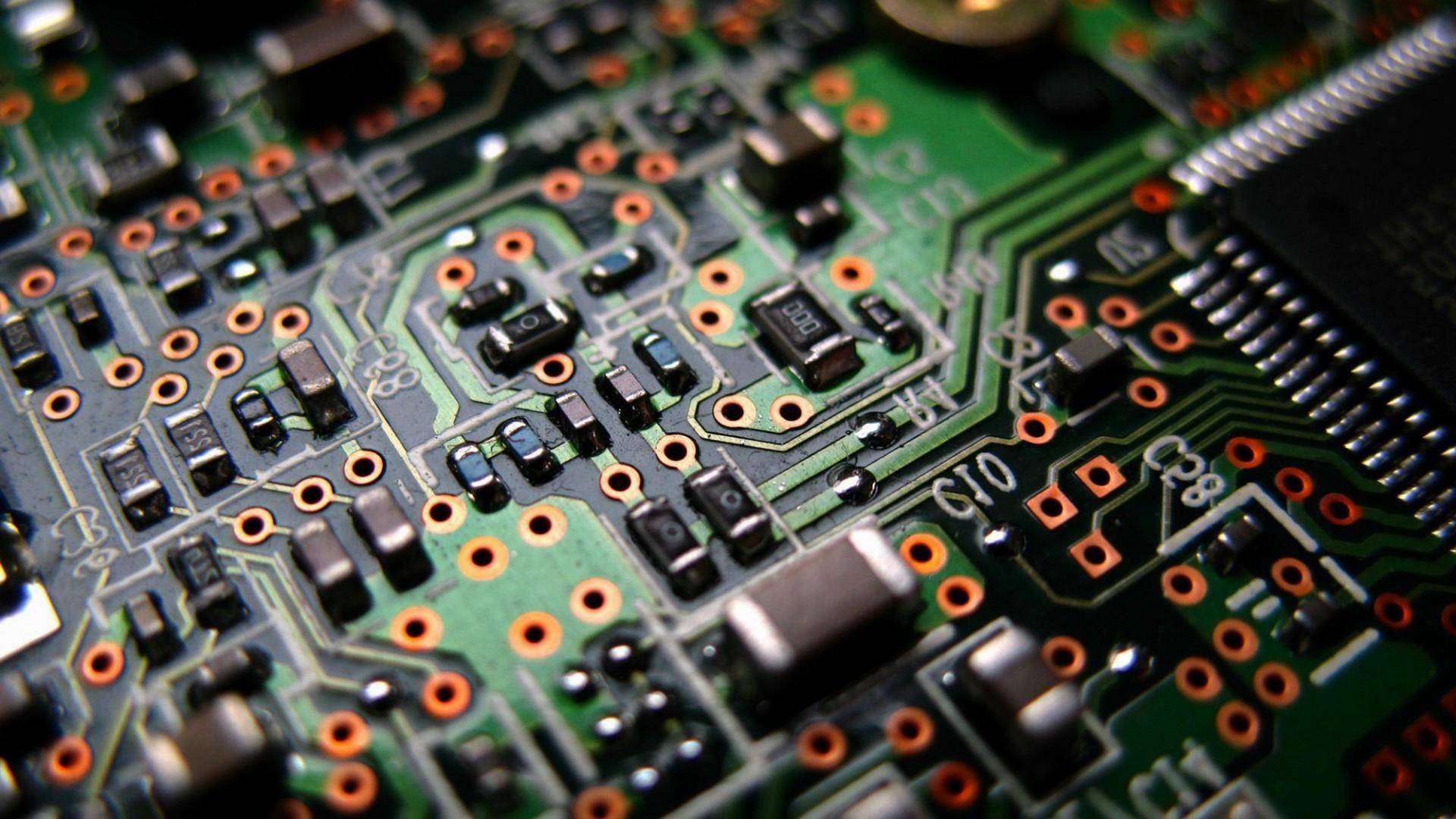When we go for an electronic product’s conception design, our ultimate expectation is to head into mass production. Bu we are not there yet, so we need to run in to a design review for manufacturing before start to build.
Design for manufacturing (both electronics and mechanical design) is the process of designing in terms of manufacturing constraints. The design process considers the source, material, assembly, testing, and a potential manufacturer factory constraint in early design stages which helps prevent mistakes and makes the overall manufacturing process more efficient and achieve higher quality products. Through this practice, R&D and manufacturing engineers are aligned and working collaboratively, helping to eliminate the issues that stand in the way of delivering innovative products to market faster.
The benefits of Design for Manufacturing (both electronics and mechanical design), by enabling alignment and close collaboration, products are produced the correct way the first time. This leads to:
- Higher product success rates
- Reduced lead time
- More cost-effective solutions
- Transparency in designing and manufacturing
Below are the 5 key principles about Design for Manufacturing(both electronics and mechanical design).
1, Value engineering. Basically this aligns the need in terms of manufacturing. As in the end of conception design, we will know how it looks, how to use, who to use.
2, Maintaining design intent. This is the most important point at design prospective. The R&D needs to understand the material, how design influences cost, respect that designing in terms of manufacturing constraints.
3, Souring. Throughout the design for manufacturing, finding the right partner, right manufacturer at right price. As the ultimate goal is, we have to create a proper margin for the product, consumers don’t expect a giveaway product, and manufacturer just wants to earn from the product. In particular, make sure the component you choose are not going to run out, not less use product. Design engineer have to interact with customer for their conception design idea, communicate and build relationship with manufacturer.
4, Be Aware of the Environment. The environment in which the products are created and assembled also has to be incorporated into the design of the product. The design must be easily manufactured and assembled in the available workshop or factory floor. Such a design will improve process efficiency and reduce costs.
5, Documentation. Documentation is the key for project management, tracking and go for physical prototype. Be Aware of the Environment
Electronics and mechanical design for Manufacturing is critical to bringing down a product’s final cost without compromising on the durability, quality, and performance of the product itself. The principles of Design for Manufacturing may seem simple at first, but the positive impact on improving the manufacturing process is invaluable. The cost savings achieved are always significant, making it critical to consider incorporating the principles of electronics and mechanical Design for Manufacturing while designing or improving your product.


.jpg)

